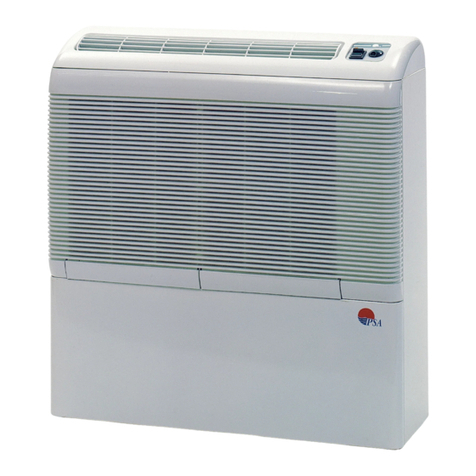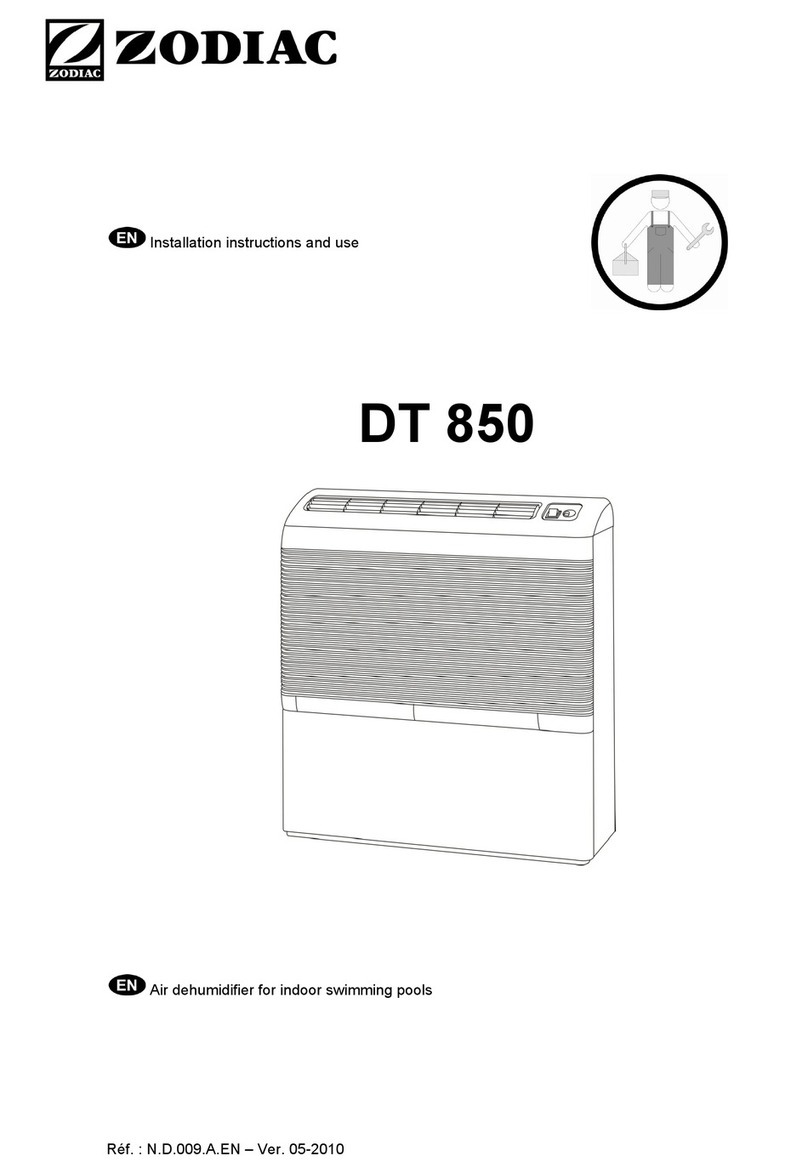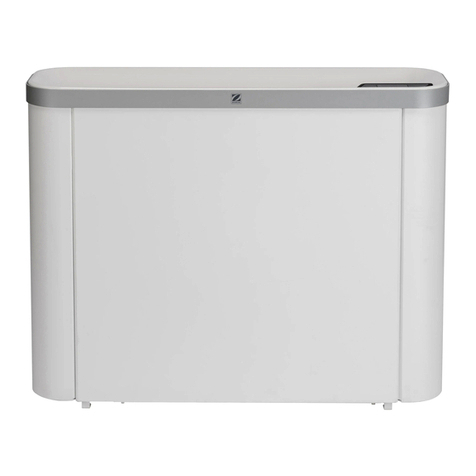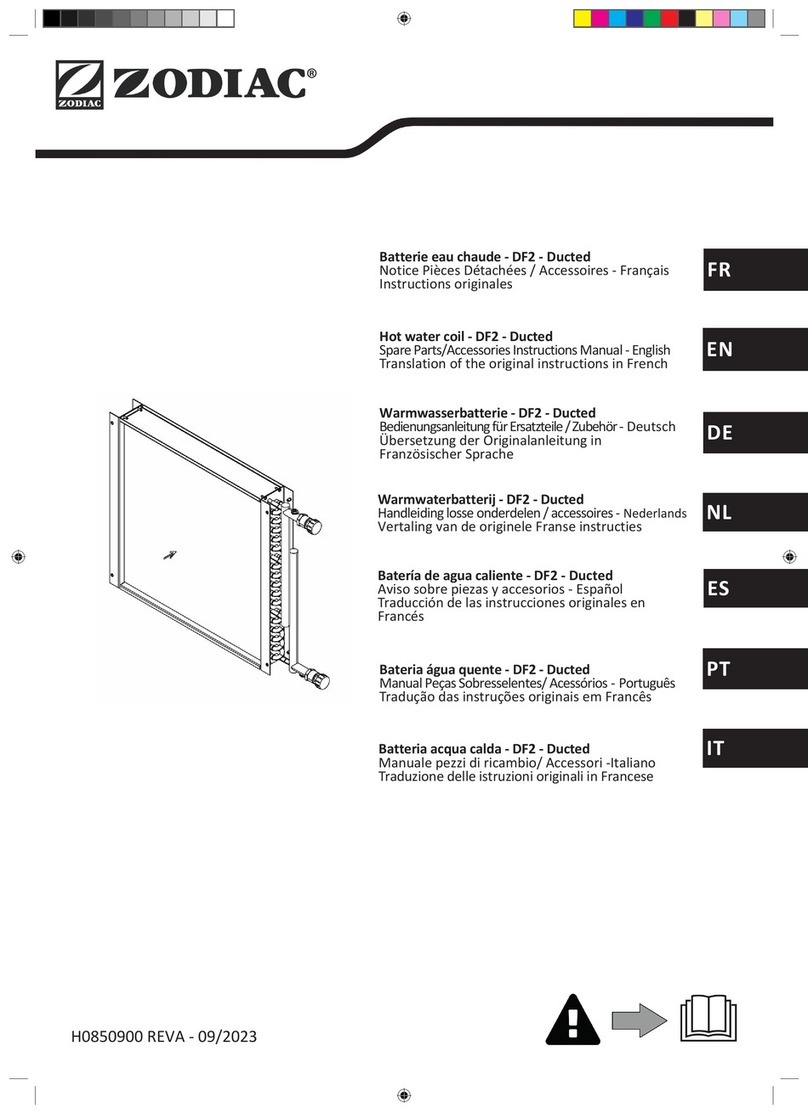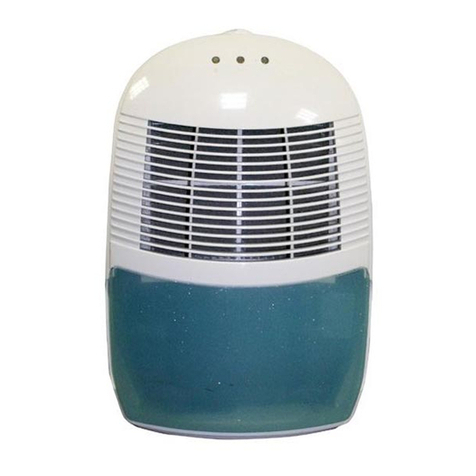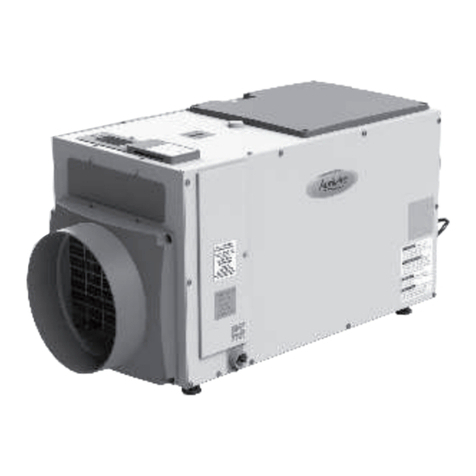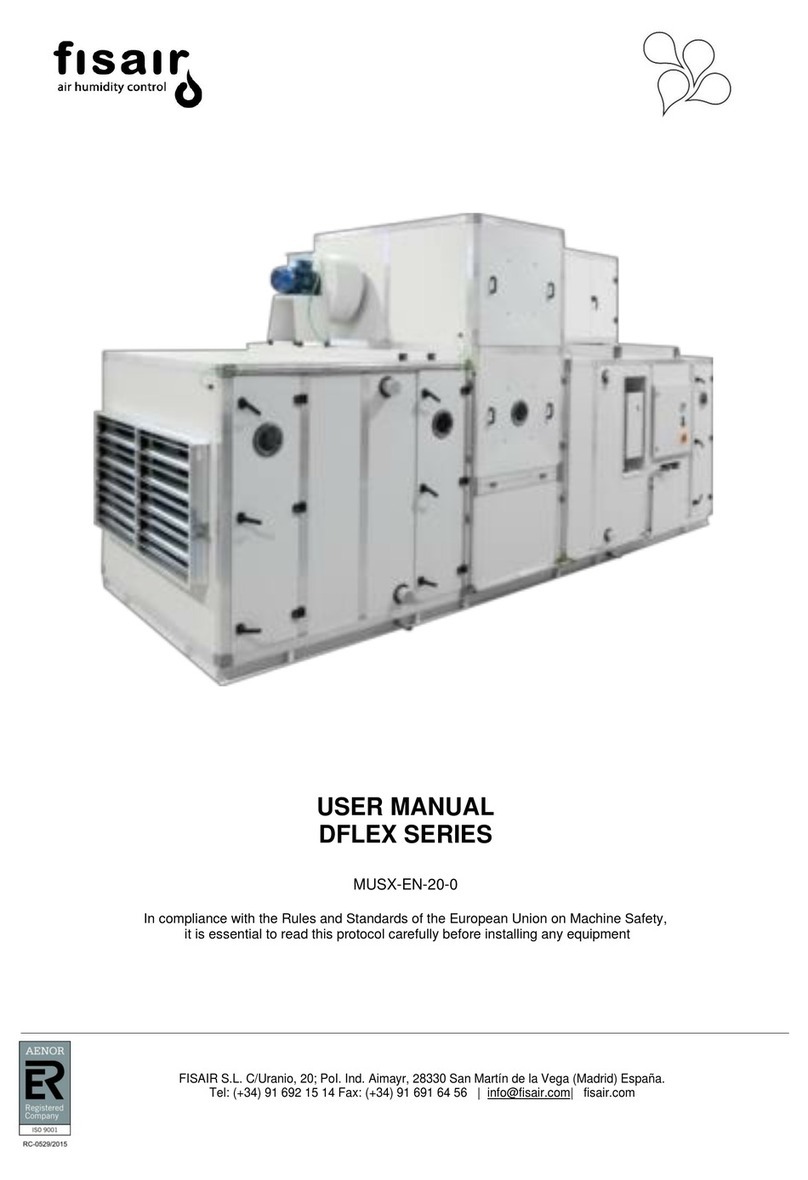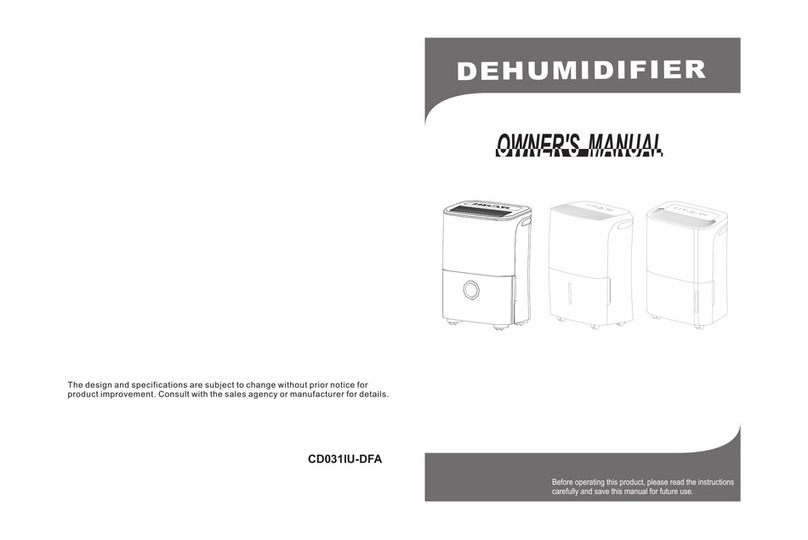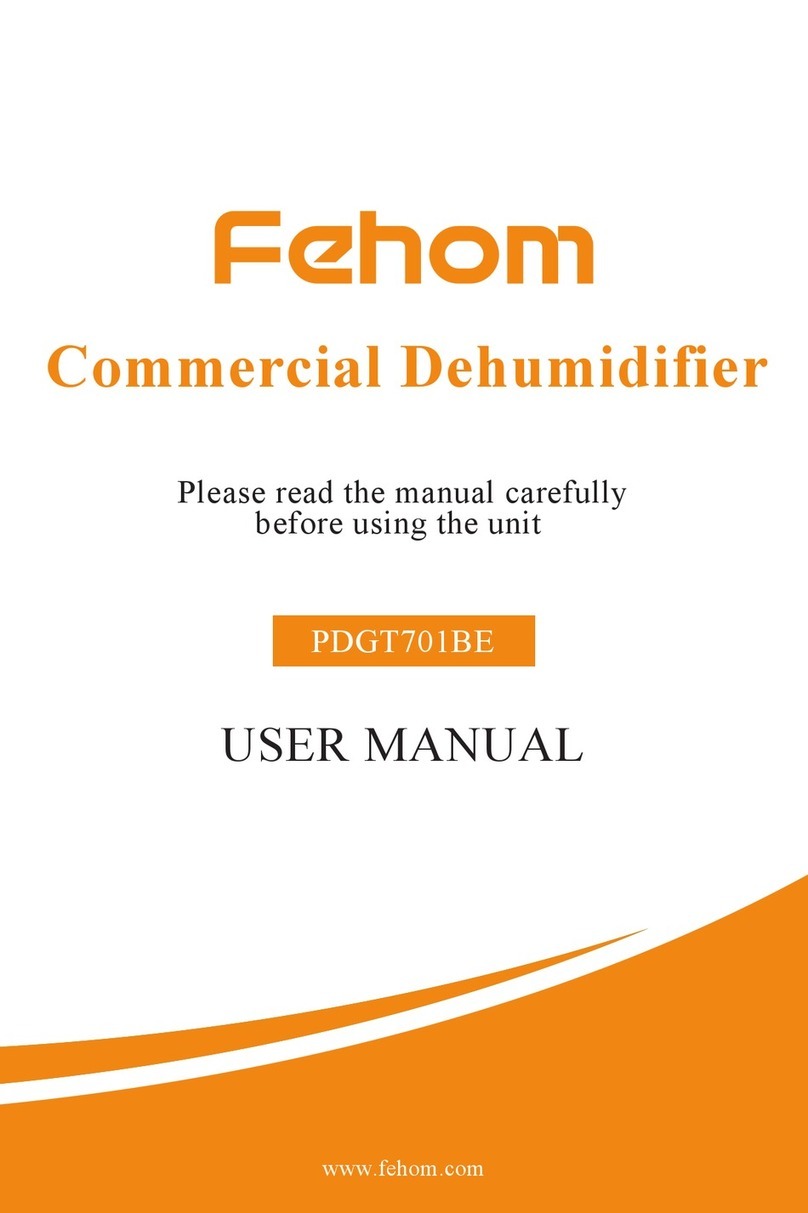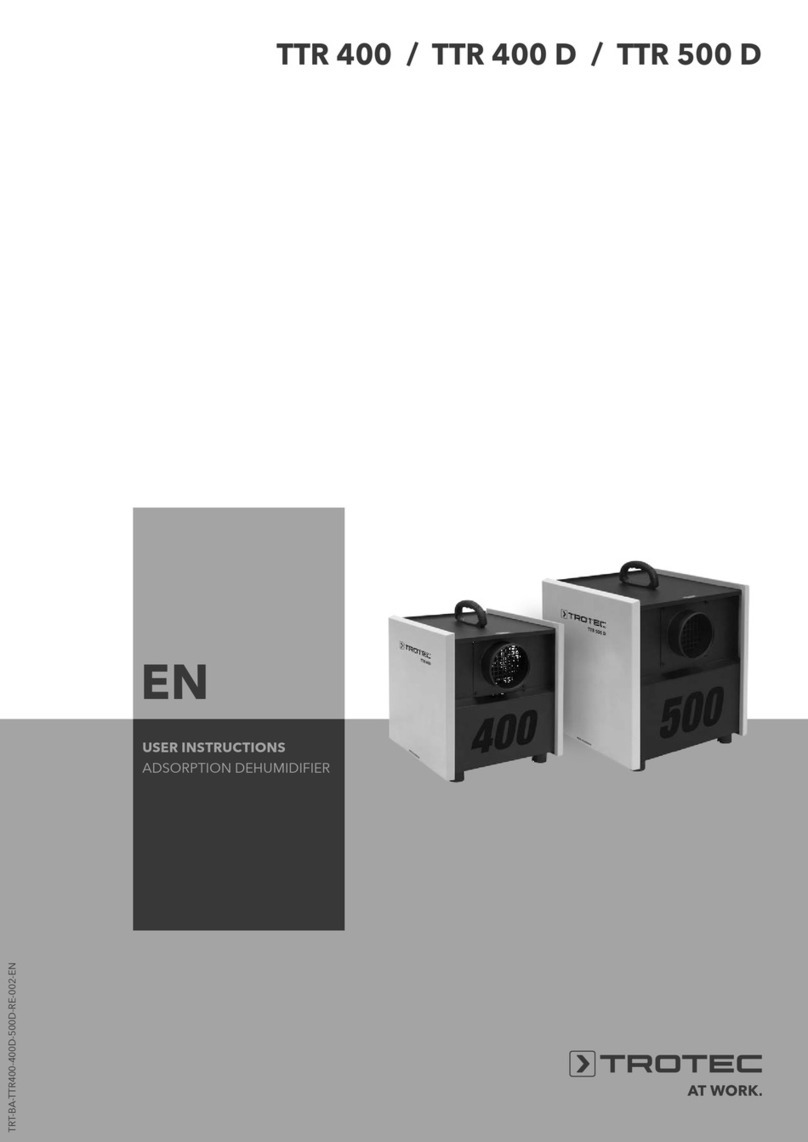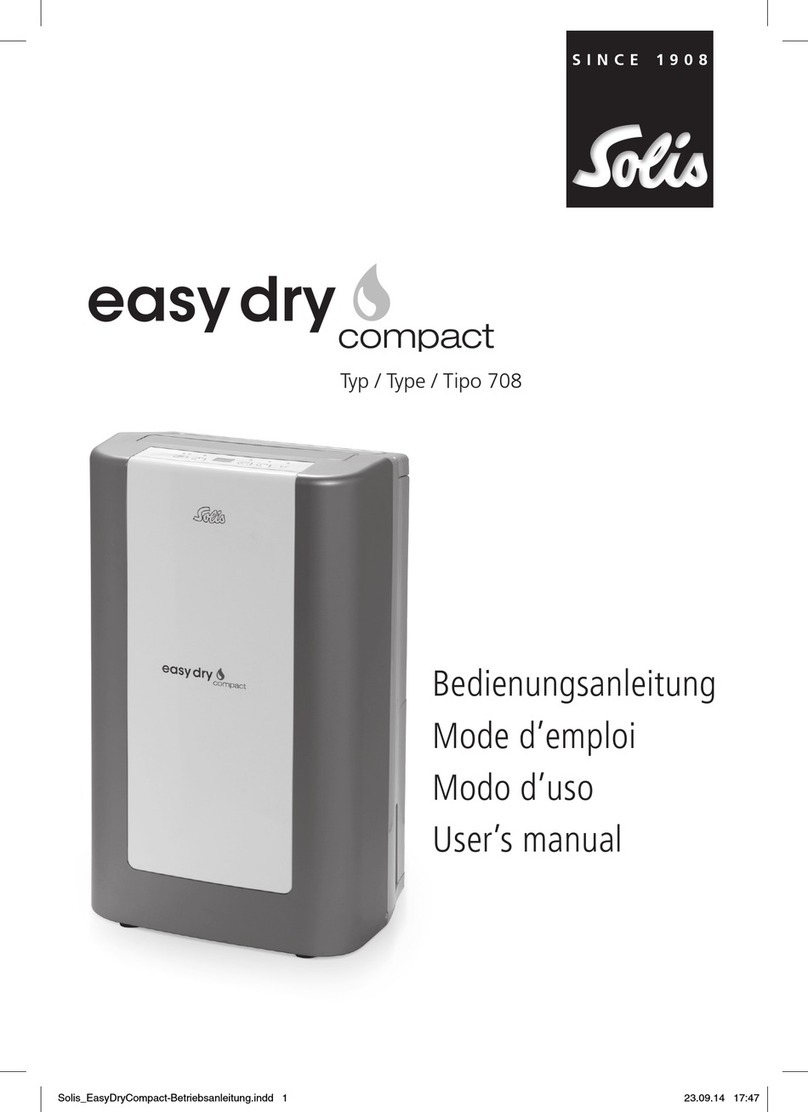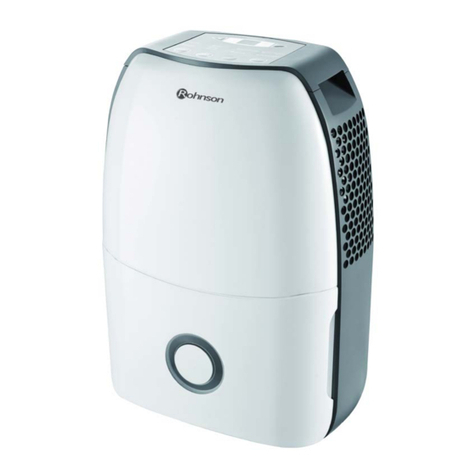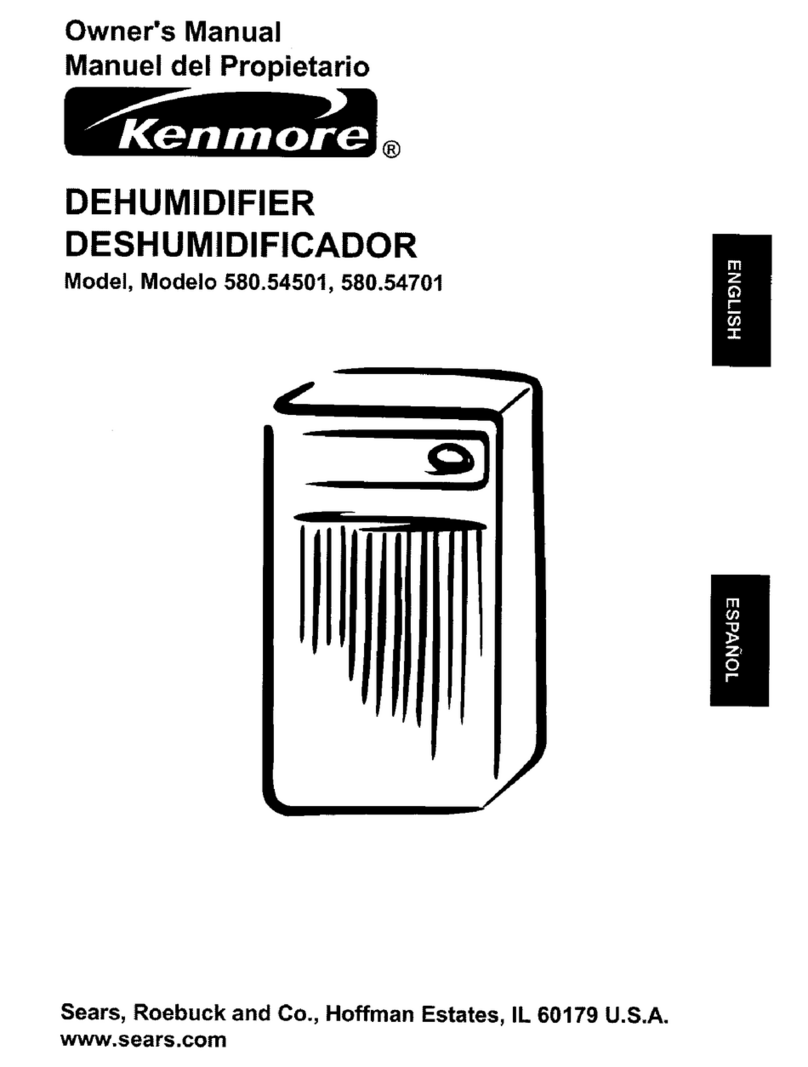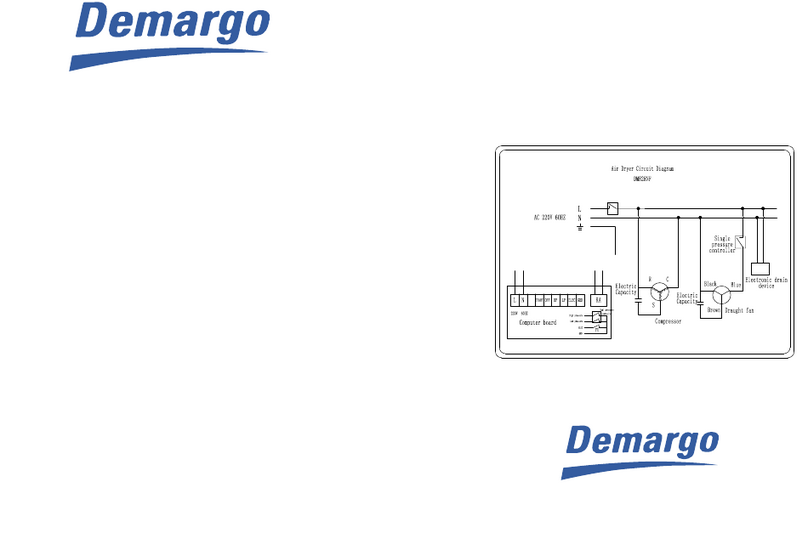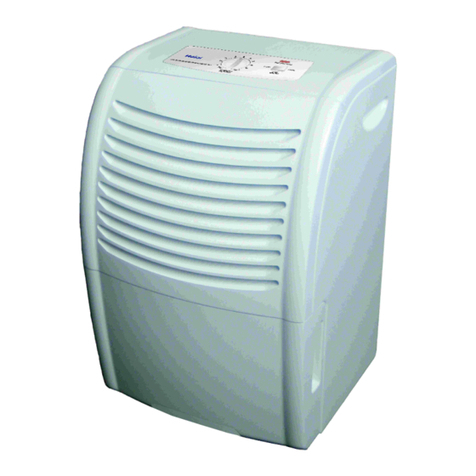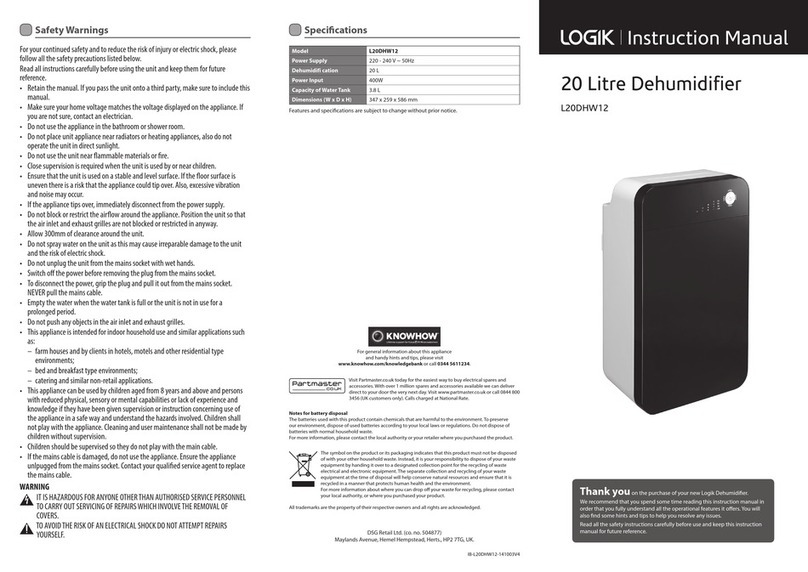
1
1. Installation...............................................................................................................2
1.1 General.............................................................................................................................2
1.1.1 Precautions................................................................................................................................2
1.1.2 General terms of delivery...........................................................................................................2
1.1.3 Storage and transport conditions...............................................................................................3
1.1.4 Field of application.....................................................................................................................3
1.1.5 Operating principle.....................................................................................................................3
1.2 Description........................................................................................................................3
1.2.1 Technical specifications.............................................................................................................3
1.2.2 Operating conditions..................................................................................................................3
1.3 Installation ........................................................................................................................4
1.3.1 Electrical regulations for swimming pools..................................................................................4
1.3.2 Installation requirements............................................................................................................5
1.3.3 Connection to surrounding air....................................................................................................5
1.3.4 Connection through a dividing wall............................................................................................6
1.3.5 Connection to a duct network ....................................................................................................6
1.3.6 Connection of condensation drainage .......................................................................................7
1.3.7 Electric connections...................................................................................................................7
1.3.8 Connecting the options ............................................................................................................11
1.4 Commissioning...............................................................................................................12
1.4.1 Different command panel set ups............................................................................................12
1.4.2 Starting the appliance..............................................................................................................12
1.4.3 Checks.....................................................................................................................................13
1.4.4 Adjusting the duct network.......................................................................................................13
1.4.5 Commissioning the options......................................................................................................13
2. Troubleshooting....................................................................................................15
2.1 Status and faults in the ECP 600 settings ......................................................................15
2.2 Troubleshooting procedures...........................................................................................16
3. Maintenance..........................................................................................................19
3.1 Maintenance instructions................................................................................................19
3.1.1 Monthly checks ........................................................................................................................19
3.1.2 Quarterly checks......................................................................................................................19
3.1.3 Annual checks..........................................................................................................................19
3.2 Spare parts.....................................................................................................................20
3.3 Recycling the product.....................................................................................................20
3.4 EC compliance certificate...............................................................................................20
Available in the appendices at the end of the manual:
- Electric diagram
- Dimensions
